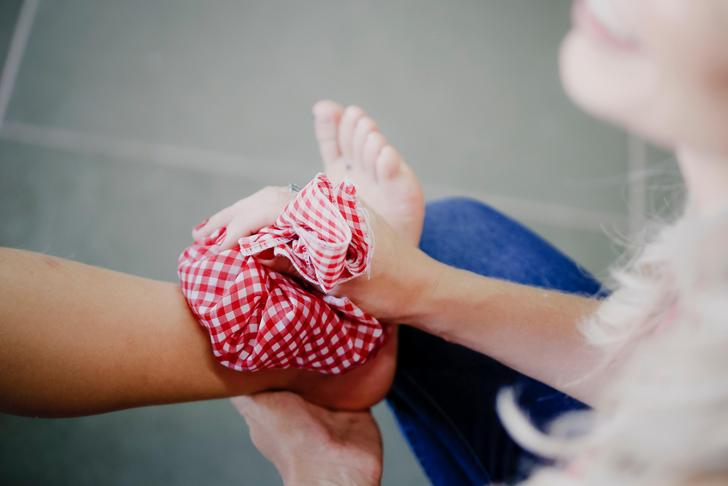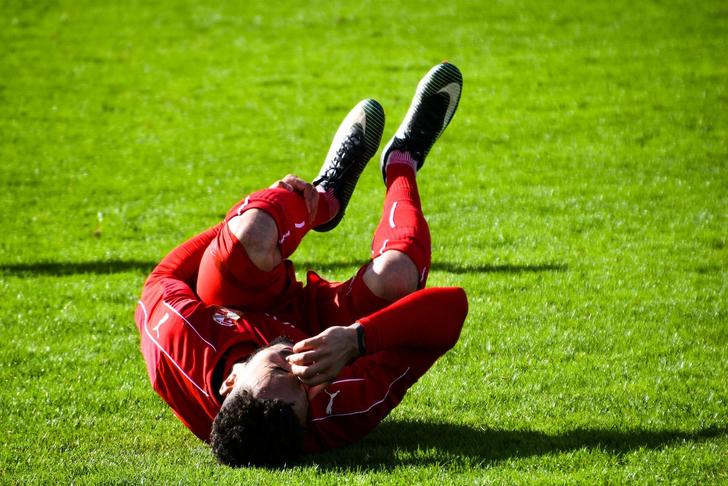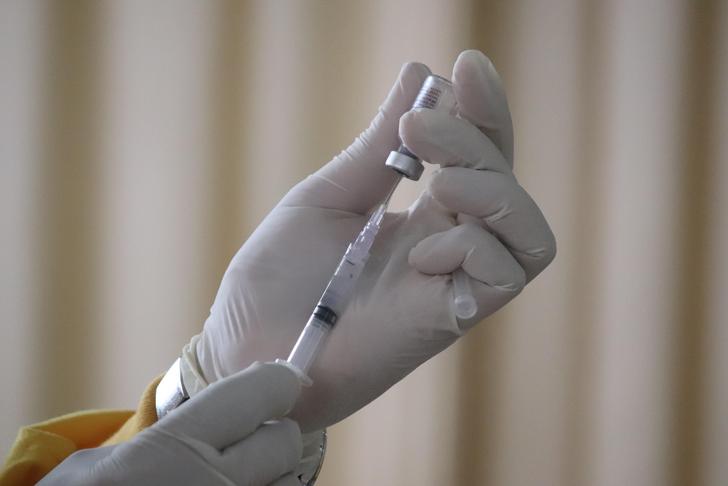10 tendinitis symptoms
 Article Sources
Article SourcesTendinitis refers to the swelling of a tendon after an injury. It can happen for many reasons, including sports injuries or repetitive strain injuries. There are many types of tendinitis, and some are named after their causes. For example, tennis elbow and pitcher’s shoulder are both tendon injuries caused by repeated motions in those sports. Rest and physical therapy can help with recovery from tendinitis symptoms, and many people are able to get back to engaging in the activities they enjoy after a tendon injury. Find out 10 tendinitis symptoms below.
Pain Worsened by Movement
One of the main tendinitis symptoms is pain that’s aggravated by movement.[[1]] For example, a pitcher may find they experience severe shoulder pain when throwing a ball, while someone with a repetitive strain injury (RSI) in the wrists may find typing painful. Tendinitis pain tends to naturally subside when at rest. However, while it’s present, it may limit a person’s ability to engage in activities that require using the affected joint.

Advertisement
Reduced Mobility
Another common symptom of tendinitis is reduced mobility in the affected joint. Swelling and inflammation may make the joint feel stiff. If a person tries to avoid moving the affected joint because it hurts when they do so, may contribute to that feeling of stiffness. Resting the injured joint and avoiding activities that aggravate the injury for a few weeks is often enough to allow the injured tendons to heal by themselves.

Advertisement
Crunching Sensations When Moving
Crackling or crunching sensations when moving the injured joint can be a sign of tendinitis. These sensations are likely to fade once the inflammation has gone down and the tendon has healed. It’s important to rest the affected joint for a few weeks before making a slow and cautious return to work or sporting activities. Attempting to resume intense or repetitive physical activities too quickly may increase the risk of reinjury.

Advertisement
Swelling and Redness
In some cases, tendinitis is accompanied by visible swelling of the joint. The swollen area may be red and feel hot. Ice can be used to reduce swelling, and heat treatments can be helpful in relieving chronic tendon pain[[2]]. If using ice or heat packs, follow the directions on the pack closely. Don’t put very hot or cold packs directly onto the skin, and don’t use them for longer than the recommended treatment period.

Advertisement
Ruptured Tendons
Sudden, severe pain following a sports injury, fall, or accident could be a sign of a ruptured tendon, rather than tendinitis. Seek advice from a physiotherapist or doctor if the pain was preceded by a popping or snapping sound, or the pain isn’t getting better with rest. An X-ray may help a doctor determine whether it’s a soft tissue injury or something that requires immediate treatment, such as a broken bone. Proper diagnosis ensures the correct treatment can start as soon as possible.

Advertisement
Rest Is Important for Healing
Most tendon injuries get better with rest, although some severe injuries may require physiotherapy. If the pain from the injury is limiting a person’s ability to carry out day-to-day tasks, mild painkillers or anti-inflammatory gels may be used to reduce the pain and swelling. In general, a minor tendon injury should heal within a few weeks, although some injuries can take longer to recover from. Returning to activities too soon is likely to extend the healing time.

Advertisement
Gentle Movement and Physiotherapy
While it’s important to rest a joint after a tendon injury, completely immobilizing the injured joint may be counter-productive. Some gentle movement and light exercise can actually promote faster healing. Ask a physiotherapist for advice about gentle exercises that can help maintain mobility, boost circulation, and prevent the muscles surrounding the joint from atrophying during the healing process.[[3]] It usually isn’t advisable to make a full return to the activity that caused the injury until medically cleared to do so.

Advertisement
Pay Attention to Ergonomics
Repetitive strain injuries (RSIs) are a common occupational health issue affecting people in a variety of jobs. Poor posture and repetitive motions can cause tendinitis. Simple adjustments, such as using a standing desk or making sure the working area is set up in a way that reduces twisting and bending, may go a long way toward preventing RSI and preventing symptoms for those who are currently experiencing pain.

Advertisement
Take Regular Breaks
Overtraining or working when fatigued is often a contributing factor in injuries for adults. In a similar way, over-specialization in youth sports can also have adverse physical effects.[[4]] Taking regular breaks, stretching, and engaging in physical activities that involve various motions can help to reduce the risk of tendinitis and promote overall physical well-being. Yoga, Pilates, and other gentle forms of exercise may help prevent future injuries.

Advertisement
Steroid Injections and Plasma Treatments
In cases where tendinitis doesn’t heal after rest and physical therapy, other treatments may be suggested. Steroid injections can reduce inflammation and provide short-term pain relief, but they aren’t always an effective long-term solution. Plasma treatments involve injecting plasma into the affected joint in a bid to speed up the natural healing process of the damaged cartilage or tendons. This kind of treatment could help people get back to their normal activities more quickly.

Advertisement





